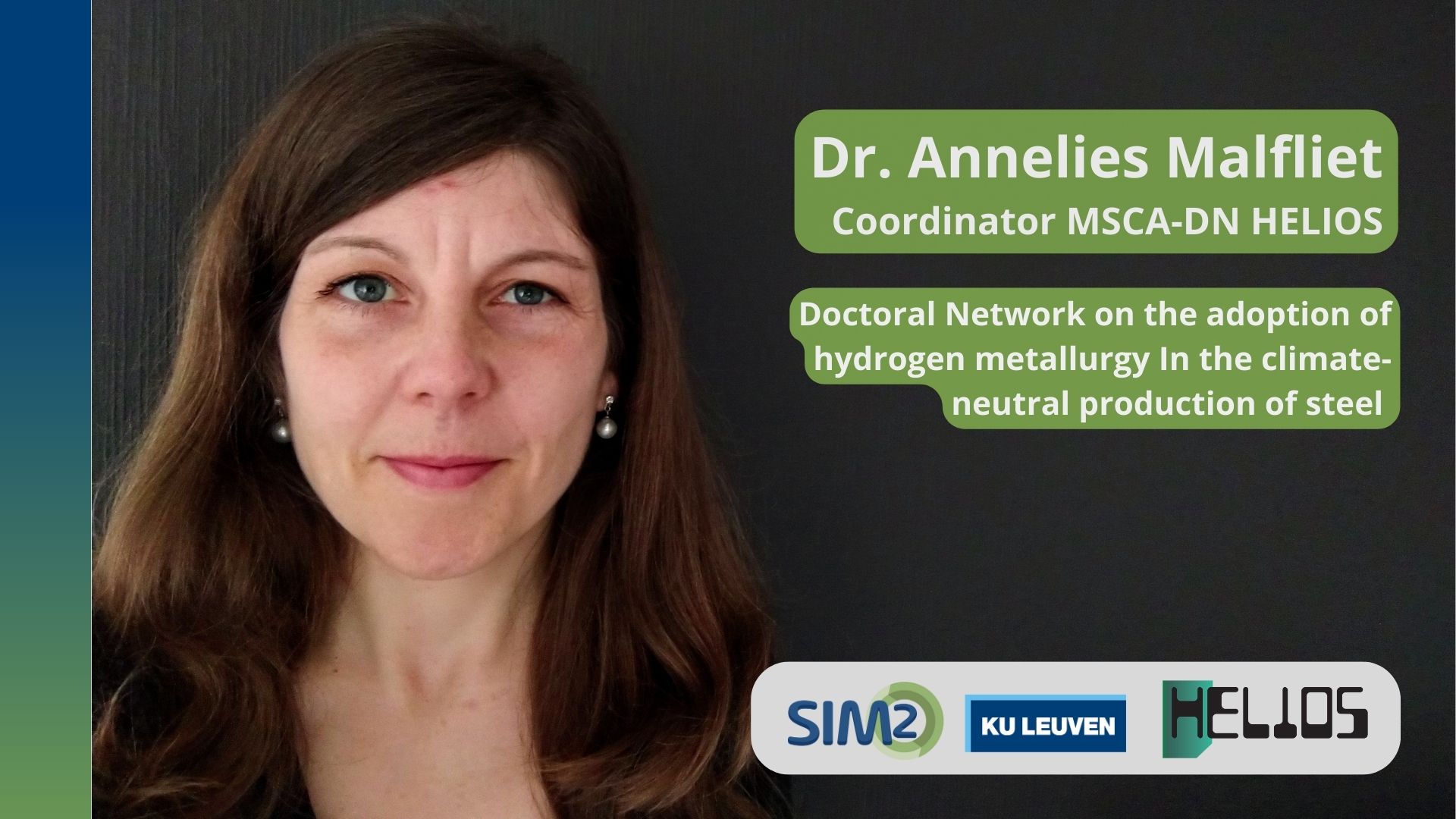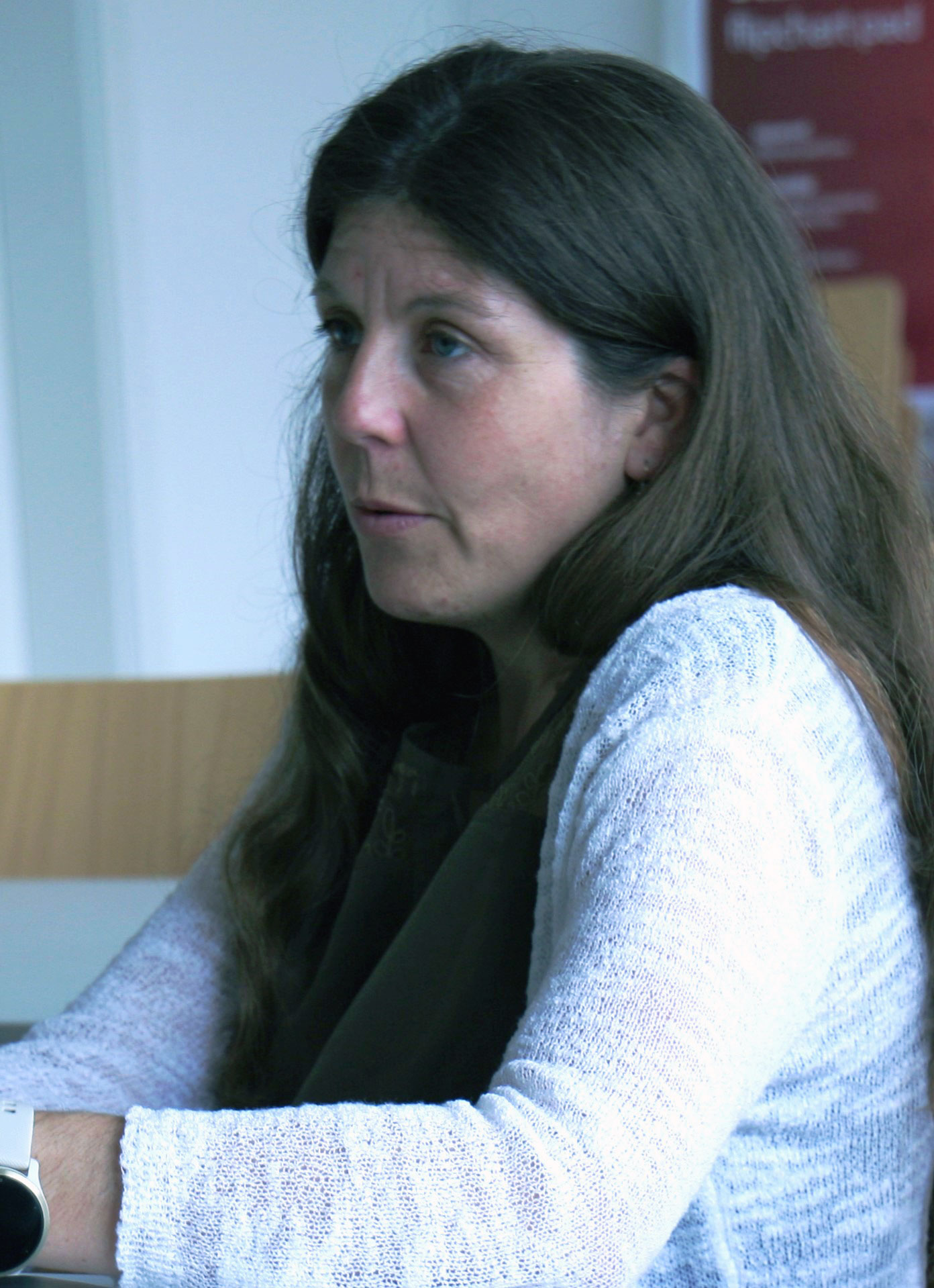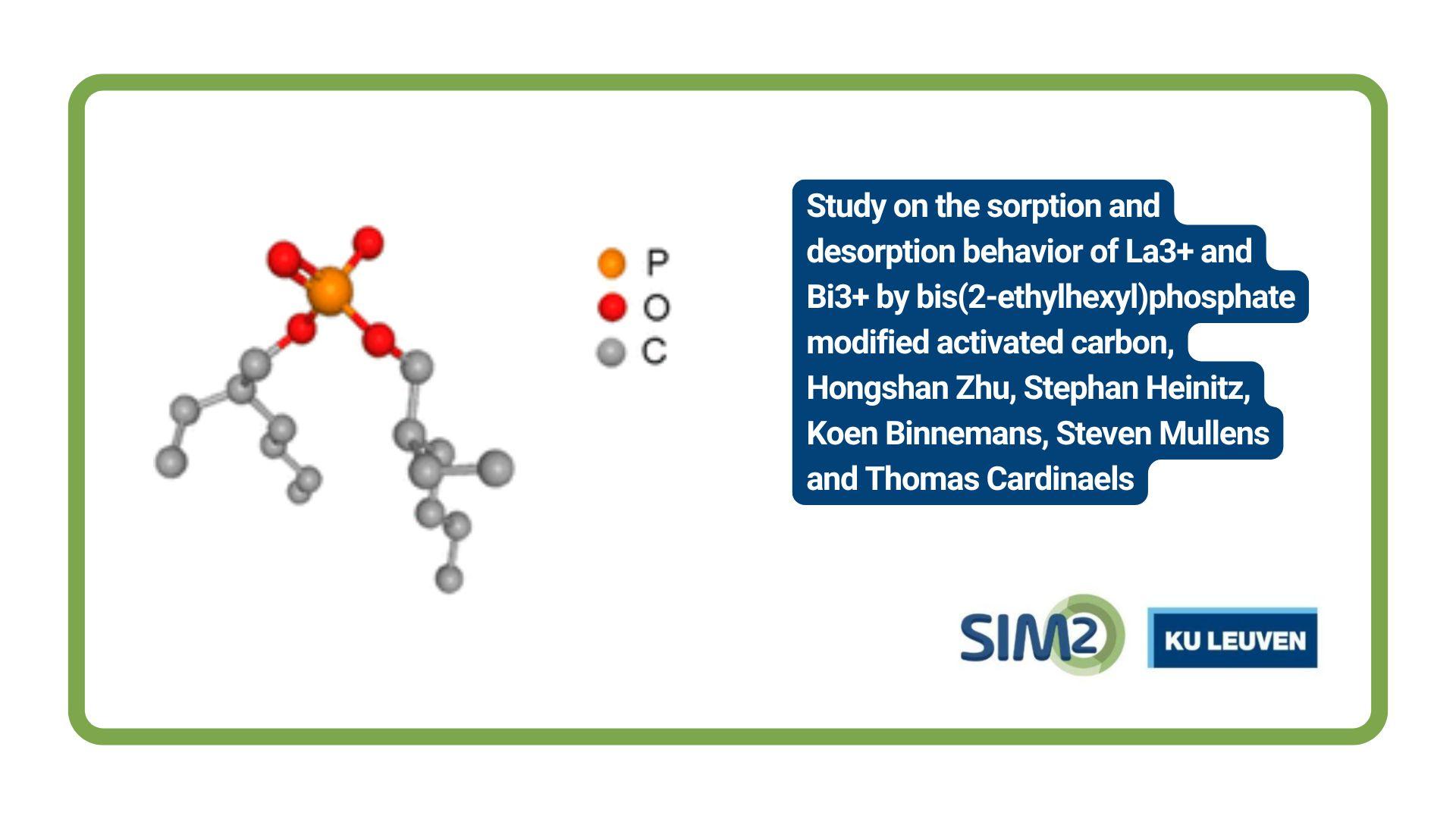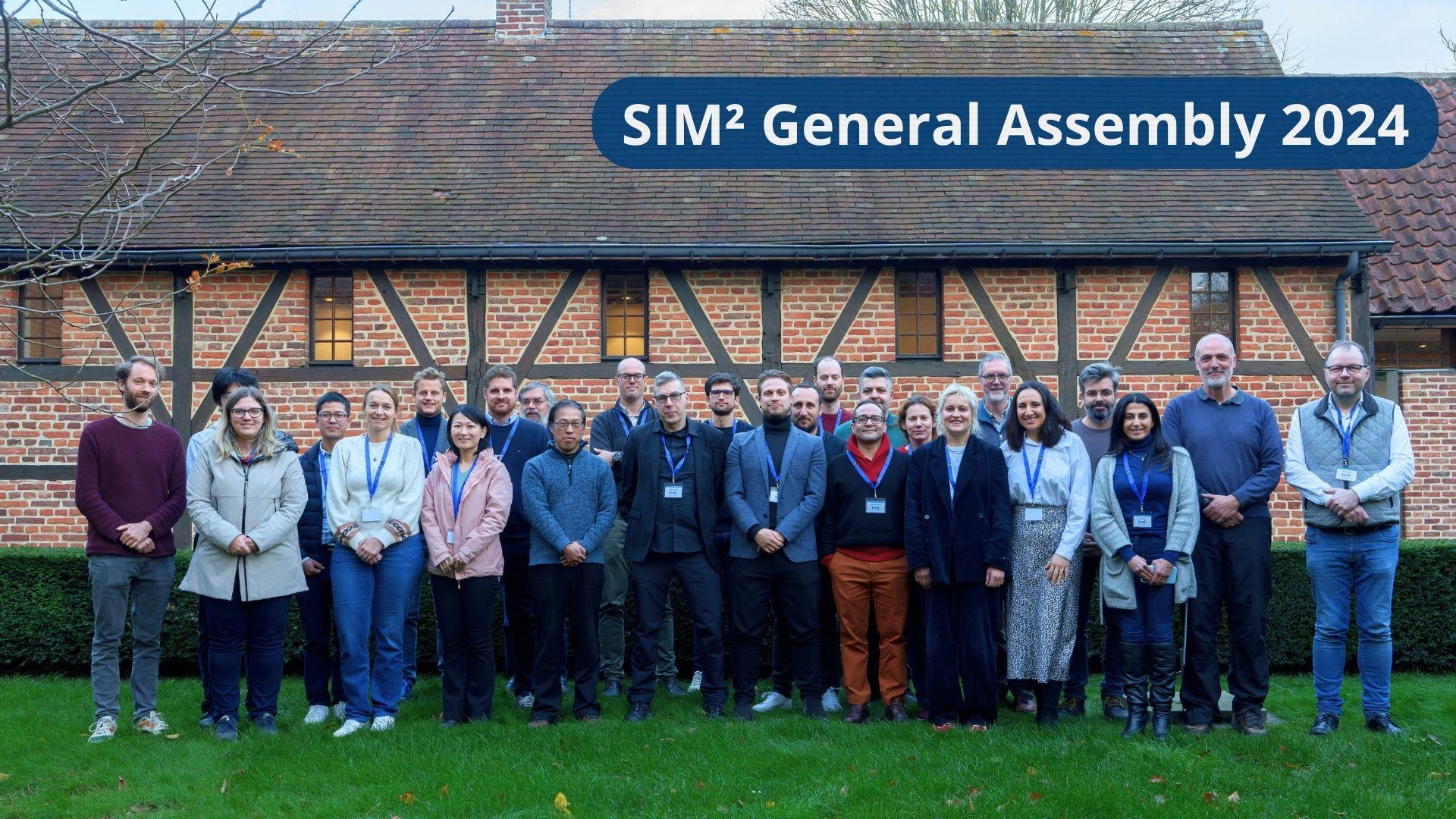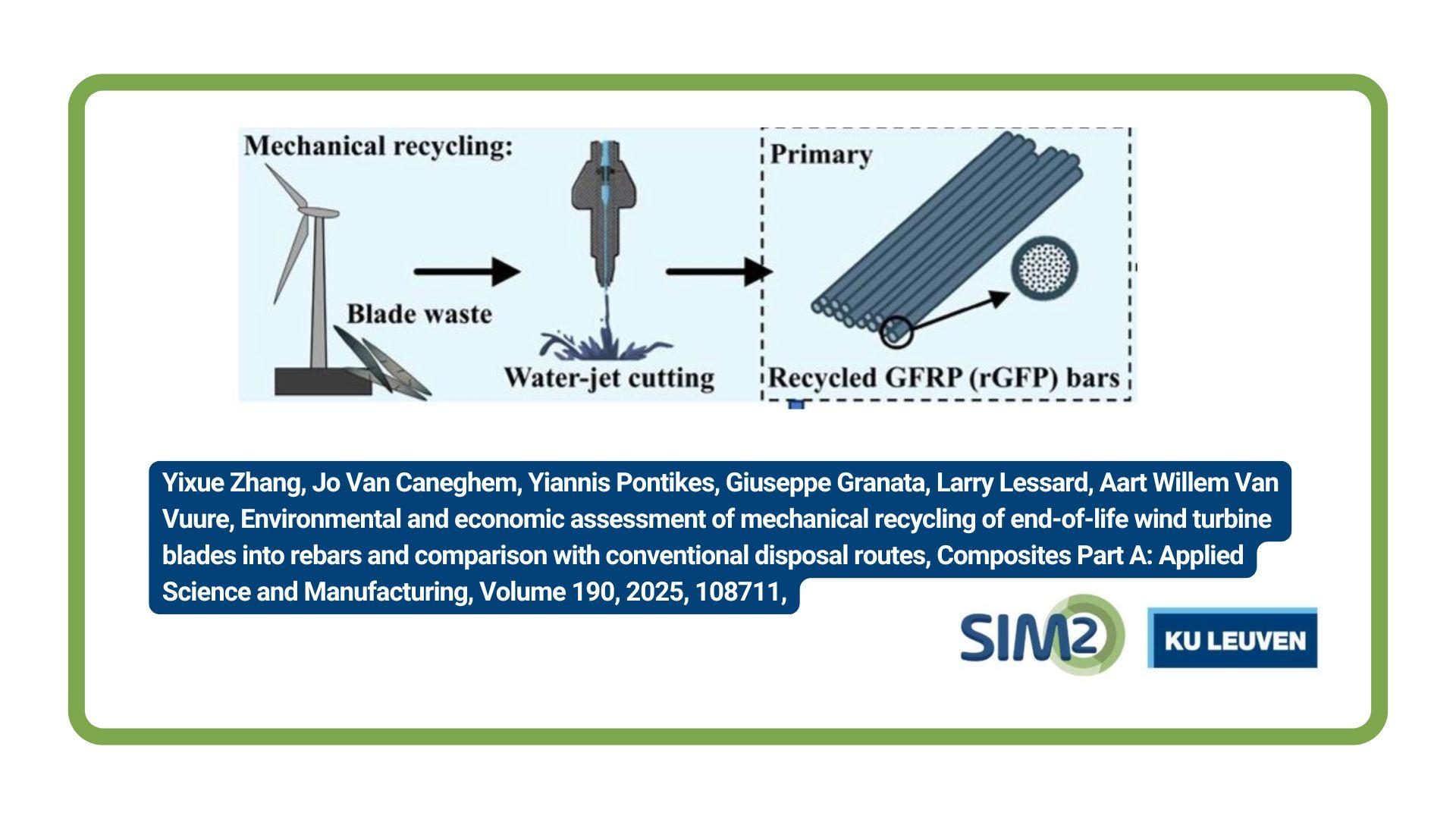Interview with Annelies Malfliet at the second Network-Wide Event of the HELIOS Marie Sklodowska-Curie Doctoral Network in Leoben, 24th May 2024.
Dr Annelies Malfliet is a Research Expert in the Team of High Temperature Processes and Industrial Ecology at KU Leuven. In 2023, her proposal for a Marie Sklodowska-Curie Action (MSCA) Doctoral Network received a score of 99.20%. The network, called HELIOS, kicked off with its recruitment event in October 2023 in Leuven, and it has now been running for about 6 months. I thought it was a good opportunity to catch up with Annelies and ask her more about HELIOS.
Paul McGuiness. Where did the idea for the project originate?
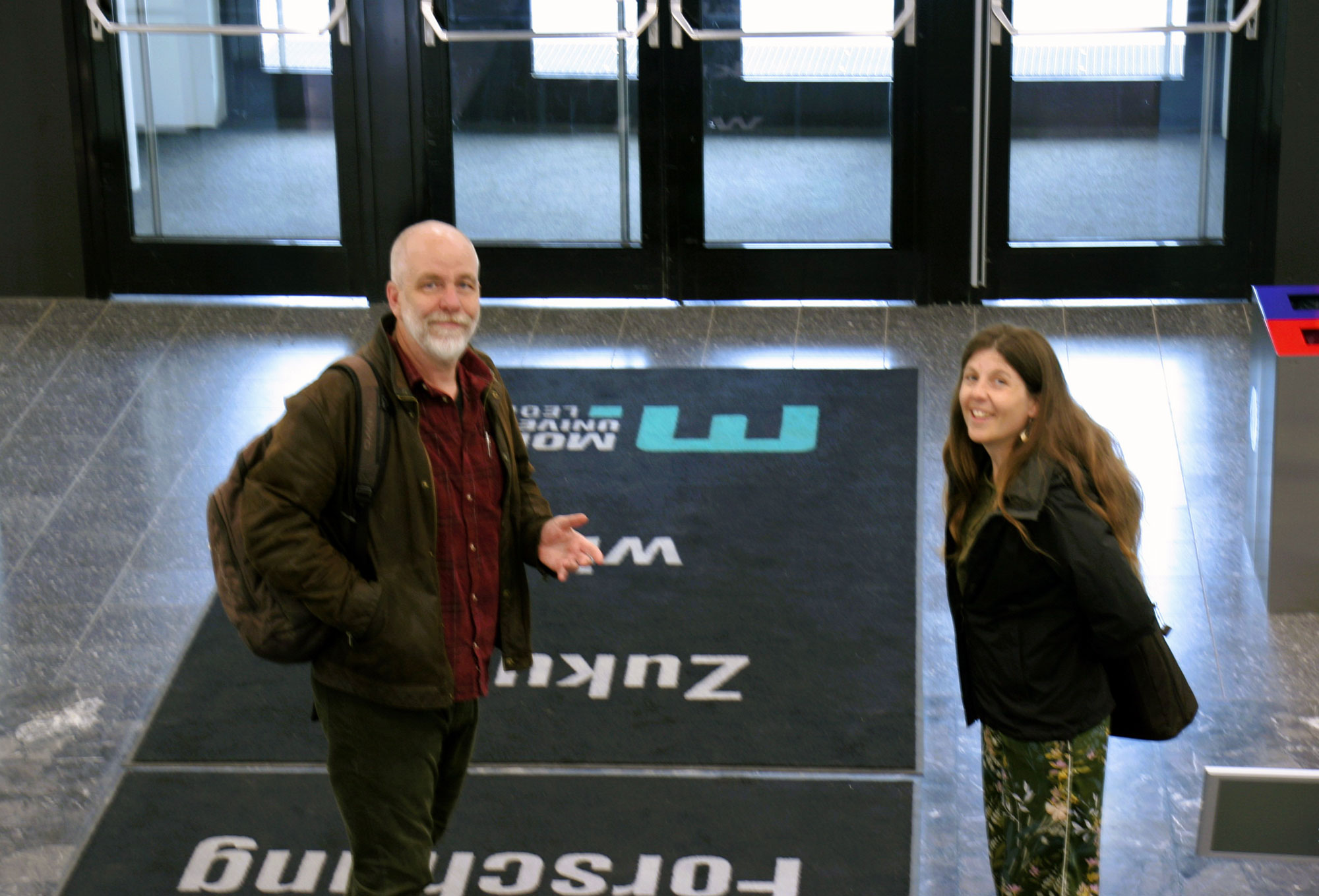 Annelies Malfliet. It was the result of various discussions with members of KU Leuven’s SIM2 group: people like Peter Tom Jones, the SIM2 director, and Bart Blanpain, head of the High Temperature Processes and Industrial Ecology (HiTemp) group. We thought that a doctoral network on hydrogen-based metallurgy would be a really good fit to the MSCA programme and give us the opportunity to expand our interests in this area. We aimed for two doctoral networks: one on ferrous metallurgy and one on non-ferrous metallurgy.
Annelies Malfliet. It was the result of various discussions with members of KU Leuven’s SIM2 group: people like Peter Tom Jones, the SIM2 director, and Bart Blanpain, head of the High Temperature Processes and Industrial Ecology (HiTemp) group. We thought that a doctoral network on hydrogen-based metallurgy would be a really good fit to the MSCA programme and give us the opportunity to expand our interests in this area. We aimed for two doctoral networks: one on ferrous metallurgy and one on non-ferrous metallurgy.
So, within HiTemp we began discussions about possible PhD projects, had ideas about potential supervisors and listed other collaborators we could involve in these proposals. I preferred to focus on HELIOS, the proposal for the use of hydrogen in ferrous metallurgy, because I felt we had a very clear story with the HELIOS proposal, and it was the right time to submit it.
How did you go about recruiting the other partners for the project?
As regards the Beneficiaries, those partners who are actually hosting the doctoral candidates, we already had excellent contacts with many groups in Europe. We reached out to the University of Oulu, TU Delft, K1-MET here in Leoben, and Heraeus Electro-Nite, who we know from industrial collaborations in Belgium. Right from the start we felt this was a strong team.
Then we looked for Associated Partners, to host the secondments and contribute to the network-wide events. Aperam Stainless from Belgium/France was an easy choice, because of our existing connections; Tata Steel was next, as they could offer a lot to the project; then came Montanuniversitaet Leoben, because of their excellent work on hydrogen-plasma reduction. In fact, they initiated this area of research. To finalise the team, we spoke to two companies in Finland, Luxmet and SSAB; they accepted, and the partnership was complete.
We could easily have involved more groups, but in the MSCA Doctoral Network call for 2022 the restriction was 10 doctoral candidates. Prior to that, and since then, I believe, the number of doctoral candidates has been 15.
How have things progressed since you received confirmation that the HELIOS project was awarded?
We began advertising the positions for the doctoral candidates in 2023. And we received well over 100 applications. Of course, they were not all suitable candidates – far from it. So, first we did a pre-screening, and this was followed by the interview stage during the recruitment event in October 2023.
“We didn’t get enough applications from candidates in Europe. I would suggest to anyone in this position to advertise the doctoral positions through European contacts.”
We tried to interview two people for each position. In the end we were able to fill the positions with appropriate people, but it required some repositioning of candidates who applied for a particular position, but then we assessed them as being more suitable for one of the other positions. If I am honest, I really underestimated how much work would be involved at this stage. I should also add that I am very happy now with the doctoral candidates that we have, but it wasn’t easy at all.
Recruitment for doctoral networks has always been a challenge, and I guess it is getting increasingly more so?
We weren’t able to recruit everyone immediately. After the recruitment event in autumn of 2023, we were able to get started with Yuhan Sun after 2 months at the University of Oulu, but the rest of the doctoral candidates were about 5 months later. In fact, we are still waiting for visas for three of the doctoral candidates, but I hope this will be resolved during the summer. But having the starting dates for the DCs spread over almost a year adversely affects some of the early deliverables and milestones. It can get complicated.
What would your advice be to someone who has just had their MSCA Doctoral Network approved for funding?
We didn’t get enough applications from candidates in Europe. I would suggest to anyone in this position to advertise the doctoral positions through their European contacts. The timing is important too. We began during the summer, when maybe a lot of possible candidates had already found employment. It might have been better to advertise straight after graduation, in May or June. Although, in past 10 years students have been finishing studies at different times of the year, so perhaps it is not so relevant now. Making use of academic contacts is also something that might have been useful, and something that we could have made more use of. This doesn’t just mean sending out e-mails. Sometimes it is necessary to pick up the phone and talk to people.
So, how did you get interested in metallurgy?
It was a gradual process. I enrolled at KU Leuven to study materials engineering, and I graduated from this relatively general course. When it came to doing a master’s degree, I did something else; I worked on electrodeposition. But then when I decided I wanted to do a PhD, I talked with Bart Blanpain, and he offered me a very interesting topic. Perhaps I do not have such a fascinating story, but that is how it was. I was also surrounded by some very inspiring people in Bart Blanpain’s research group, so it just seemed natural to me to follow this metallurgical path.
“I am now in my 40s, which means I will probably retire in about 2050, when we should no longer be pumping CO2 into the atmosphere, and that realisation has started to focus me.”
But I would also like to add, that it is really only with this HELIOS project that I get the feeling that I am genuinely able to make a large contribution. Of course, previous projects were important, but with HELIOS and similar projects I think we will make real progress towards climate neutrality. Maybe it’s also that I am now in my 40s, which means I will probably retire in about 2050, when we should no longer be pumping CO2 into the atmosphere, and that realisation has started to focus me.
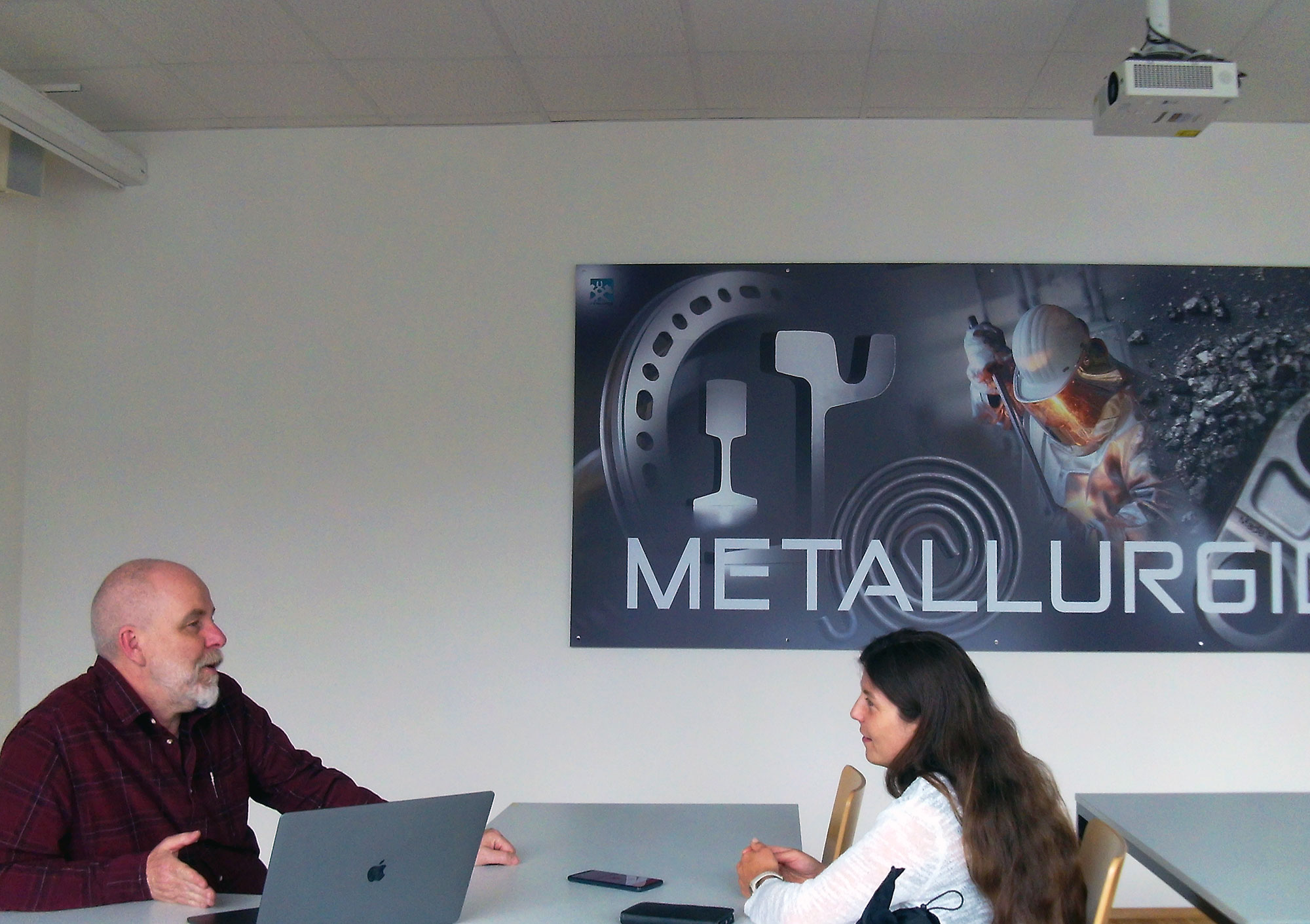 What advice would you give to someone right at the beginning of a career in metallurgy?
What advice would you give to someone right at the beginning of a career in metallurgy?
Go for it. It is an area where you can really bring about change. OK, there is AI, etc., but we need steel, and no amount of AI will reduce the CO2 that comes from a conventional blast furnace to the levels required. I think these are truly exciting times for metallurgists. I am thinking here particularly of all the metallurgical companies, knowledge institutes and universities active in the metallurgical field in Flanders Metals Valley. They are offering many opportunities to develop your career and contribute to a sustainable metals ecosystem.
SIM² KU Leuven is the KU Leuven Institute for Sustainable Metals and Minerals (SIM² in short). SIM² is one of the official KU Leuven Institutes that were endorsed by the KU Leuven Academic Council. SIM² has more than 370 members, coming from a wide range of (interdisciplinary) research groups and departments at KU Leuven. SIM²’s missions is “to develop, organise & implement problem-driven, science-deep research & future-oriented education, contributing to the environmentally friendly production & recycling of metals, minerals & engineered materials, supporting (…) a climate-friendly, circular-economy”.
- Read more in this featured article in Geniaal.
- Follow SIM² on LinkedIn
- Interviews with other SIM² colleagues


